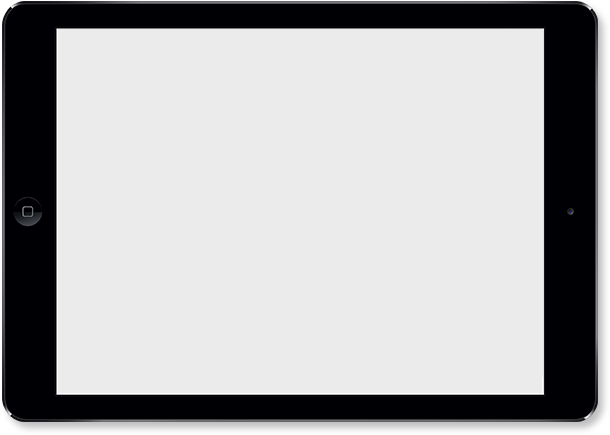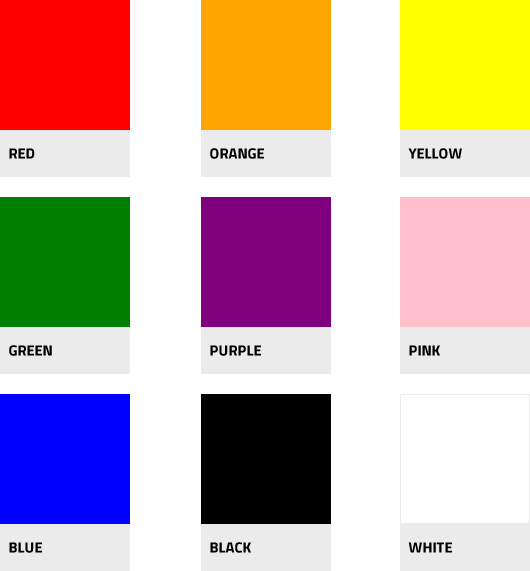





In a world where business success hinges on visibility, some hesitate to create a website, citing reasons like 'I’m not tech savvy,' 'it's too expensive,' 'I don’t have time,' or the classic 'I have enough business already.' But these are mere barriers. You don’t need technical prowess to thrive online. A website is your gateway to effortlessly attract more clients and expand your reach globally, all while keeping costs in check

Having a website is crucial yet some people question why it is important for them to have one.
New cases are reported each passing day, and over 2. Currently, at least four billion people all over the world are accessing the internet.
In this particular cutthroat competition world, when 90% of buyers wish to buy through the internet, having their own website is not a mere advantage rather it is mandatory to survive in this world and be recognized. A majority population conducts their search online even if they are familiar with a specific brand.
Just a basic tab that’s labelled ‘Find Us’ is helpful in enabling the client to find physical stores. The biggest advantage of having a website is that it serves as a boost of trust where you as a business show your customers that you are trustworthy
Branding is crucial for business success because it creates a strong impression that builds trust, motivates employees, and effortlessly attracts new customers.
Your brand serves as the face of your company, leaving a strong, memorable impression that resonates with your audience.
A well-defined strategic plan paves the way for long-term financial success, maximizing ROI and enhancing the company's overall value to meet its financial goals.
A polished and professional brand appearance instills credibility and trust, encouraging customer engagement and loyalty.
When employees align with your company’s mission, they feel motivated to contribute meaningfully, driving collective success through creativity and dedication.
Effective branding generates referral business by creating memorable experiences that customers are eager to share, sparking word-of-mouth growth and expanding your customer base.
Web functionality is another thing that should be certain that your website is running as intended on devices ranging from computers to mobile phones. This adaptability makes the use of the website pleasant and sensible on whichever device the user chooses to use.
The best of Website is that of being easily usable, efficient, and easily memorable. WEB design should be such that it is easily negotiable to all intending users to increase overall interactivity and guarantee that all its visitors get the best experience by being able to locate what they are searching for in the shortest time possible.
There are harmonized trends to over-simplify the look of Websites through the use of simplified layouts and clean designs. This approach eliminates the creation of unnecessary distractions, emphasizes on the content areas that need to be covered and optimises the use of white space hence increasing the text's readability and making it more appealing to the eye.


01. Business Website A business website stands as a pivotal component within your overarching marketing strategy, serving as your digital storefront. It provides a dedicated platform where strategic marketing efforts converge to attract and engage visitors, ultimately driving traffic and enhancing brand presence.
02. E-Commerce Website: An e-commerce website revolutionizes shopping convenience by offering a seamless online shopping experience. With the exponential rise in internet sales, these platforms not only provide competitive pricing but also save valuable time and effort. Customers enjoy the ease of purchasing products from the comfort of their homes, making it a preferred choice for procuring goods.
03. Blog site: A blog is your canvas to articulate your passions and ideas, offering a dynamic space for continuous expression and information sharing. Unlike static websites, a blog allows for regular updates and interactions, making it a versatile tool to connect with a global audience on topics that matter to you.
If you're eager to talk to our website design company about your upcoming project, pick up the phone and call us now.
Let's connect and resolve all your inquiries promptly.
Color is an essential factor in all visual materials.
Successful logos often embrace simplicity in color schemes. Consider iconic brands like Pepsi, Coke, and Starbucks, each using just one or two primary colors such as deep blues and vibrant greens. These choices enhance brand recognition and clarity.
When crafting your logo, pinpoint the emotions you wish to evoke. Colors play a pivotal role in conveying these sentiments. For instance, vibrant reds evoke energy and excitement, while serene blues evoke trust and reliability. Tailor your color palette to resonate with your desired emotional message.
Color preferences can vary widely across demographics. Women might favor warm, inviting tones like purple, which men may find less appealing. Conversely, both genders appreciate the versatility of blue, associating it with calmness and dependability. Understanding these nuances ensures your logo connects effectively with your target audience.

Typefaces are as important as color. Consider what the look of your text says to clients and potential customers:
A style guide acts as your conductor to ensure every note and tone from visuals to words works perfectly. Here are six essential elements to consider when creating your guide.
Understanding your business's mission and history is a key indicator for changing the game of your website. Sum up what your company is all about by clearly stating its main values and goals in straightforward words.
Include various versions of your logo in different sizes and file formats in your style guide. Clearly outline rules for logo usage to maintain its integrity and visual impact across different platforms.
Choose fonts that align with your brand's identity and ensure consistency in their usage. Fonts not only represent your brand but also enhance readability and visual appeal.
Define the voice of your brand for marketers and copywriters. Provide insights into who speaks on behalf of the company and the tone they should use. Background information about your brand's personality helps maintain a cohesive communication style.
Select colors that resonate with your brand and are memorable. These colors should be synonymous with your brand identity and aid in instant recognition. Consistent use of colors strengthens brand recall and association.
Specify the types of imagery that align with your brand's visual style. Clear guidelines ensure that all creative materials feature imagery that reinforces your brand message and maintains visual coherence.

